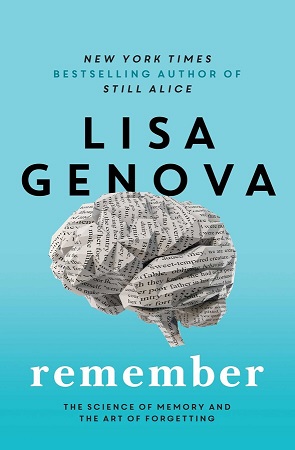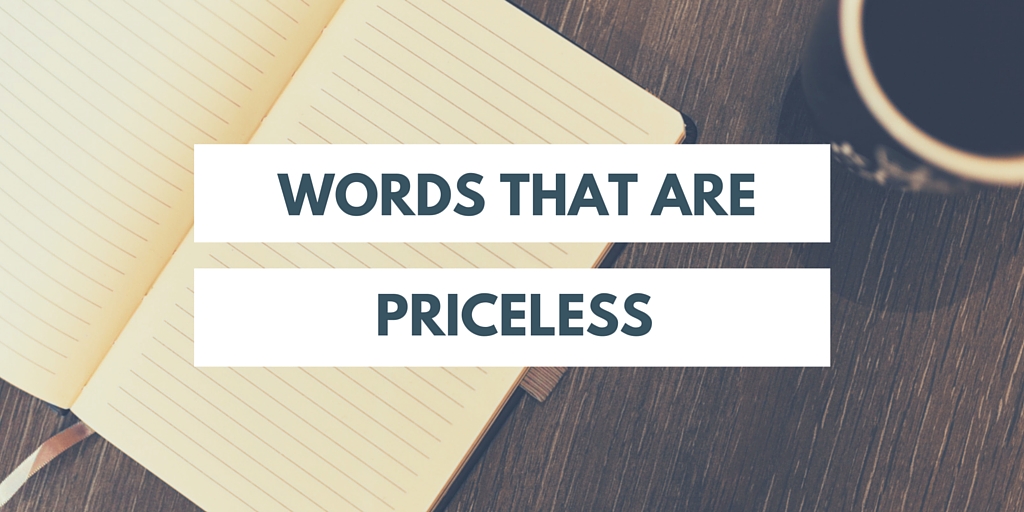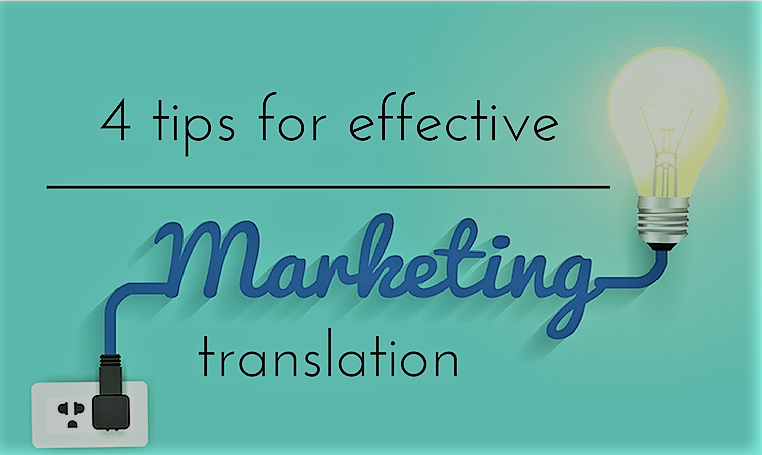My latest lockdown book is Remember: The Science of Memory and the Art of Forgetting by Lisa Genova (author of Still Alice which was made into a movie starring Julianne Moore as Alice Howland, a linguistics professor diagnosed with familial Alzheimer’s disease shortly after her 50th birthday.)
Genova looks at how we remember and why we forget. Obviously some things we forget or don’t need to remember, like what time we brushed our teeth this morning but there are other things that we want to retain and not forget, so how do we do this?
First of all, we have 3 types of memory. We have semantic memory, this is what we know, facts and knowledge we have learned which are unattached to our life experience. Then we have episodic memory. This is when we remember what happens to us, our personal experience. Finally there is muscle memory, which is for remembering how to do stuff, like brushing your teeth or driving a car.
What about how to remember better? Well, some of the top tips that Genova gives in her book are:
- Pay attention. Stop multi-tasking and reduce distractions. If we don’t pay attention to something we won’t remember it (now where was that coat you took off this this morning?). Try to maximise your attention by being present. Yoga and mindfulness can help.
- See it. Visualise what you are trying to remember and you will add more neural connections that will help you remember it later.
- Make it meaningful. Relate what you are trying to remember to something you care about. Try creating a story about the information you’re trying to remember.
- Use your imagination. Create strange, surprising or funny elements to what you’re trying to remember and it will stick. So if you want to get milk and oranges at the shop on the way home, think about a giant cow juggling oranges!
- Practice makes perfect. Repetition and rehearsal can strengthen all types of memories. Spaced repetition and retrieval practice are the best for semantic memories. If you’re interested in this topic, I recommend the Learning How to Learn MOOC.
As a translator, reading Genova’s descriptions of the types of memory made me think about the way a translator’s brain works and manages the task of transferring meaning from one language to another. It seems to me that a translator draws on their semantic, episodic and muscle memories in a unique way to do their job. You could of course argue that this is true of most professions however I think intersection of memory types is particularly interesting for translators.
It’s the integration of what a translator knows (and their ability to learn new information for every project), their cumulative life experiences (especially in the cultures related to the languages and content they translate) and the muscle memory involved in the act of transferring one language to another (sensitivity to the subtleties of language and rearranging words idiomatically) that make a translator successful in conveying meaning.
Take my most recent project as an example. Translation of a Japanese cook book written in French into English. One of my hobbies is cooking, which means I’ve read a lot of recipes and am familiar with the genre (semantic memory). Next, I have lived and worked in France and in Japan, so I have in-depth experience of both these cultures (episodic memory) and I have been a translator from French to English since 2012 (muscle memory) – all these elements work together to allow me to be both efficient and effective in understanding the text I need to translate and solving translation problems.
How about you? How does your memory work in your favour professionally and do you have any tips for remembering what you learn?





 English
English